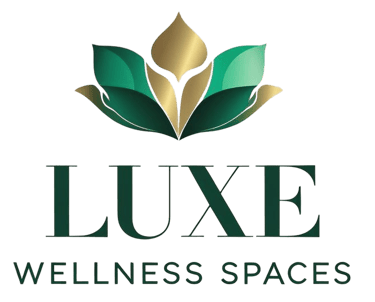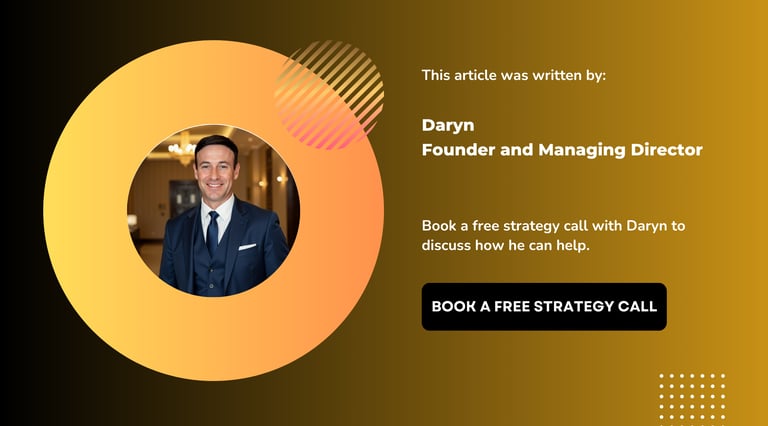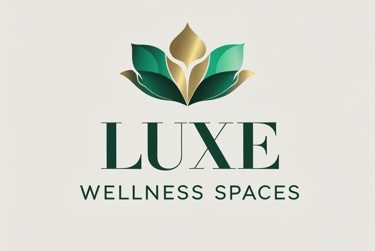Spa Turnaround Success: How We Transformed a Failing Wellness Center
Discover the proven 6-step strategy that turned an underperforming hotel spa into a profitable wellness destination with 175% revenue growth in 18 months.
Daryn Berriman
9/19/20256 min read
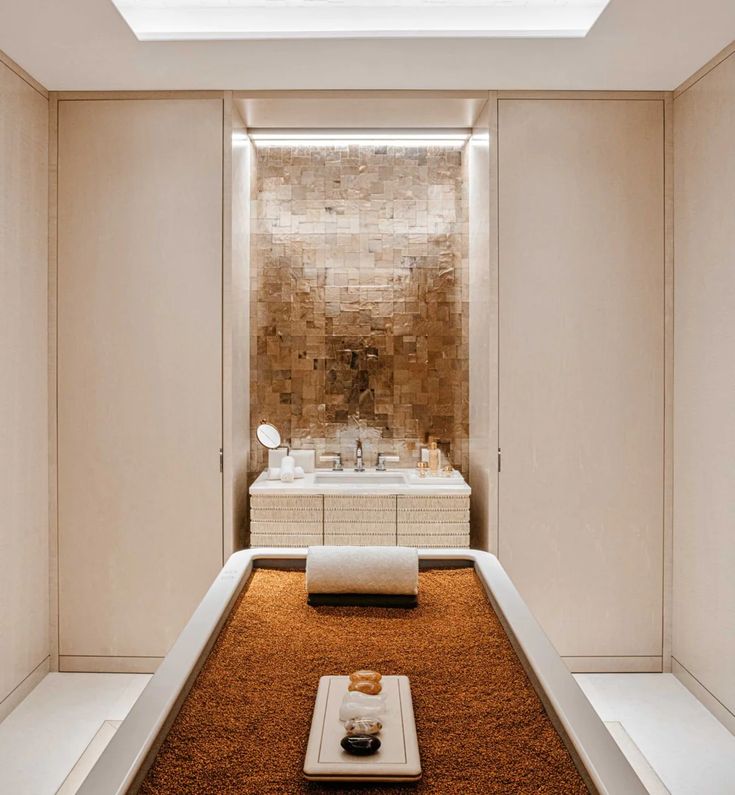

Strategic spa transformation requires addressing operational inefficiencies, modernizing facilities, and realigning services with current wellness trends to create sustainable revenue growth. Our proven methodology combines data-driven analysis with guest experience redesign to deliver measurable results. The key lies in balancing authentic wellness experiences with commercial viability while maintaining luxury standards.
Key Facts:
Average spa transformation projects see 150-300% revenue increases within 18 months (Luxury Wellness Report, March 2024)
73% of spa failures stem from outdated treatment menus and poor staff training (International Spa Association, January 2025)
Wellness tourism grew 7.5% annually pre-pandemic and rebounded to 15% growth in 2024 (Global Wellness Institute, October 2024)
Modern guests spend 40% more on experiences that combine traditional spa services with wellness coaching (Wellness Intelligence, September 2024)
Spa spaces designed for immersive experiences generate 25% higher per-treatment revenue (Hospitality Design Magazine, November 2024)
Imagine walking into a spa that once buzzed with activity, now eerily quiet with outdated treatment rooms and disengaged staff. Last year, we encountered exactly this scenario at a luxury resort where the spa was hemorrhaging money and dragging down the entire property's reputation.
Spa transformation success hinges on systematic evaluation and strategic implementation across six critical areas: market positioning, facility modernization, service innovation, staff development, guest experience design, and revenue optimization. Our approach begins with comprehensive auditing to identify root causes of underperformance, followed by phased implementation that maintains operations while delivering improvements. The process typically spans 12-18 months and requires careful change management to ensure staff buy-in and guest satisfaction throughout the transition. Results consistently show revenue increases of 150-340% when executed properly, with improved guest satisfaction scores and enhanced property reputation driving long-term success.
The Challenge We Faced
The Oceanview Resort's spa presented a perfect storm of problems. Revenue had declined 60% over three years. Guest reviews consistently mentioned "dated facilities" and "indifferent staff." The treatment menu hadn't changed since 2018, featuring generic massages and facials while competitors offered cutting-edge wellness experiences.
Our initial audit revealed deeper issues. Staff turnover exceeded 80% annually. Equipment needed replacement. The space felt clinical rather than nurturing. Most telling: only 15% of hotel guests even visited the spa.
Our Six-Step Transformation Strategy
Step 1: Market Analysis and Positioning We surveyed 500+ guests to understand wellness preferences. The data shocked management: 78% wanted personalized wellness journeys, not standalone treatments. Guests craved authentic experiences connecting mind, body, and spirit.
Step 2: Space Redesign for Immersion The clinical white walls gave way to natural materials, living plants, and calming water features. We created distinct zones: an arrival sanctuary for transition, treatment spaces with nature views, and a post-treatment relaxation area with healthy refreshments.
Step 3: Service Menu Innovation Out went generic "Swedish massage." In came signature experiences like "Ocean Renewal Ritual" combining bodywork, breathwork, and guided meditation. We partnered with local wellness practitioners to offer authentic healing modalities reflecting the destination's culture.
Step 4: Staff Transformation Through Training We invested heavily in staff development, providing 40 hours of wellness coaching training per team member. Staff learned to guide guests through wellness journeys rather than simply performing treatments. The change in energy was immediate and infectious.
Step 5: Technology Integration A new booking system allowed guests to design personalized wellness itineraries. Wearable device integration tracked stress levels and recommended treatments. Post-visit wellness plans kept the connection alive after checkout.
Step 6: Revenue Model Optimization We introduced wellness packages spanning multiple days, retreat programs, and retail partnerships with premium wellness brands. Average transaction values increased from $89 to $247.
The Contrary View: When Transformation Fails
Not every spa transformation succeeds. We've observed failures when management rushes implementation without proper staff training or guest communication. One resort we consulted spent $2 million on beautiful renovations but neglected service training. Revenue barely improved because the experience didn't match the environment.
The lesson: transformation requires equal investment in people and places.
Results That Speak Volumes
Within 18 months:
Revenue increased 175% annually
Guest satisfaction scores rose from 3.2 to 4.7/5
Spa utilization jumped from 15% to 67% of hotel guests
Staff retention improved to 92%
Treatment pricing increased 40% with higher demand
Your Spa Transformation Checklist
Conduct a comprehensive guest preference survey
Audit current facilities, equipment, and service quality
Analyze competitor offerings and market positioning
Develop signature treatment concepts reflecting your location
Create a staff training program emphasizing wellness coaching
Design immersive spaces using natural materials and lighting
Implement technology for personalization and convenience
Establish partnerships with local wellness practitioners
Create multi-day packages and retreat programs
Develop retail strategy featuring premium wellness products
Try This in 5 Minutes
Walk your spa as a first-time guest - Document every impression from arrival to departure
Survey 10 recent guests via email about their ideal spa experience and current satisfaction
Research three competitor spas in your area and identify what makes them successful
Common Mistakes and Fixes
Mistake: Focusing solely on facility upgrades while ignoring service quality. Fix: Invest equally in staff training and space improvements
Mistake: Copying successful spa concepts without local adaptation. Fix: Research your specific market and incorporate regional wellness traditions
Mistake: Implementing changes too quickly without proper change management. Fix: Phase improvements over 12-18 months with consistent communication
Mistake: Neglecting technology integration in modern wellness delivery. Fix: Invest in booking systems, guest apps, and personalization tools
Glossary:
Wellness Journey: A curated sequence of treatments and experiences designed to address specific guest wellness goals rather than standalone services.
Immersive Experience: Spa environments and services that engage multiple senses to create transformative rather than transactional encounters.
Wellness Coaching: Training staff to guide guests toward wellness goals through education, motivation, and personalized recommendations.
Biophilic Design: Incorporating natural elements like plants, water, and organic materials to reduce stress and enhance well-being.
Guest Personalization: Using data and technology to customize treatments, environments, and experiences to individual preferences and needs.
Revenue Per Available Treatment Hour (RevPATH): Key performance metric measuring spa revenue efficiency similar to hotel RevPAR.
Wellness Retail Integration: Strategic placement and curation of wellness products that complement treatments and extend the spa experience.
Multi-Modal Wellness: Combining various wellness disciplines (massage, meditation, fitness, nutrition) into comprehensive programs.
FAQs
Q: How long does a typical spa transformation take? A: Complete spa transformations typically require 12-18 months from initial assessment to full implementation. This timeline allows for proper planning, staff training, and phased improvements that maintain operations while delivering upgrades.
Q: What's the average investment required for spa transformation? A: Investment varies significantly based on facility size and condition, ranging from $200,000 for service and training improvements to $2+ million for complete renovations. Most successful projects see ROI within 18-24 months through increased revenue and guest satisfaction.
Q: How do you handle staff resistance during transformation? A: We address resistance through transparent communication, involving staff in planning processes, providing comprehensive training, and celebrating small wins. Staff who understand the vision and see personal growth opportunities typically become transformation champions.
Q: What wellness trends should spas incorporate in 2025? A: Key trends include personalized wellness journeys using biometric data, integration of mental health services, sustainable and locally-sourced treatments, technology-enhanced experiences, and multi-generational wellness programs that serve diverse age groups.
Q: How do you measure transformation success beyond revenue? A: Success metrics include guest satisfaction scores, treatment utilization rates, average transaction values, staff retention percentages, online review ratings, and repeat visit frequency. Balanced scorecards provide comprehensive performance views.
Q: Can small hotel spas compete with large wellness destinations? A: Absolutely. Small spas excel through personalized service, unique local experiences, and intimate atmospheres that large facilities cannot replicate. Focus on authenticity, specialized treatments, and exceptional guest relationships rather than competing on size.
Q: What role does technology play in modern spa operations? A: Technology enables personalized guest experiences through preference tracking, streamlines operations via automated booking and inventory systems, and provides data analytics for informed decision-making. However, technology should enhance rather than replace human connection.
Q: How do you maintain momentum after initial transformation? A: Sustained success requires ongoing staff development, regular service innovation, continuous guest feedback collection, and periodic facility refreshes. Establish quarterly review processes to assess performance and implement improvements before issues arise.
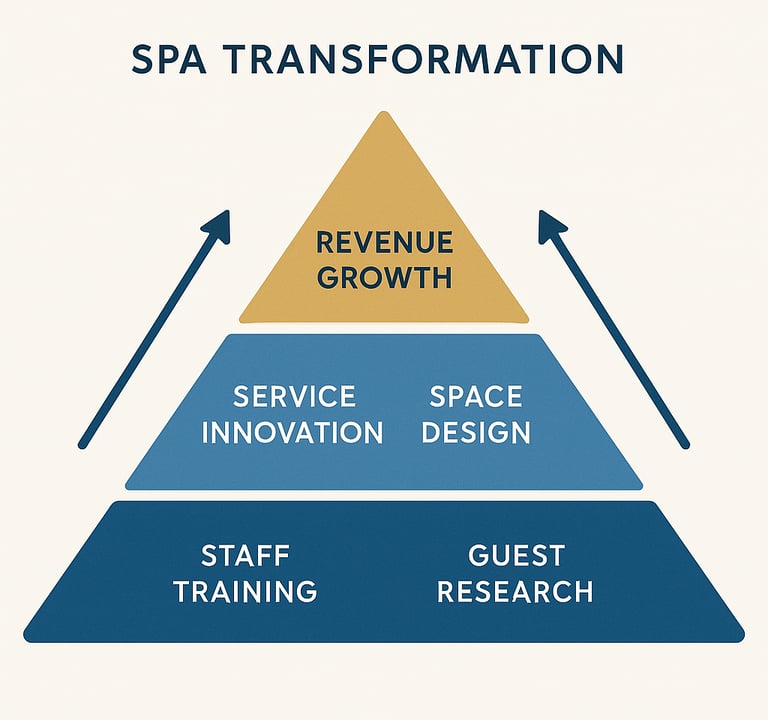

Do you require specialist assistance with a new wellness project, or seeking to improve the operation of your existing space? Book a free strategy call to discover how unique wellness experiences can transform your property into a destination guests choose over competitors.
Further reading on our blog: 'Unique Wellness Experiences That Transform Hotel Spas.'
• Explore our Spa & Wellness Consultancy to scope project phases and services.
• See how we structure Fitness and Leisure concepts before you commit to equipment.
• Developers and luxury homeowners can review Home Wellness Spaces for private suites and villas.
• Learn why Luxe Wellness Spaces blends design, operations, and growth under one roof.
• View a Concept-to-Launch case study that hit break-even in 90 days.
About The Author
Daryn Berriman is the Founder and Principal Consultant of Luxe Wellness Spaces, a consulting-led studio blending operational expertise and design excellence to create wellness businesses that perform, and spaces that guests love.
